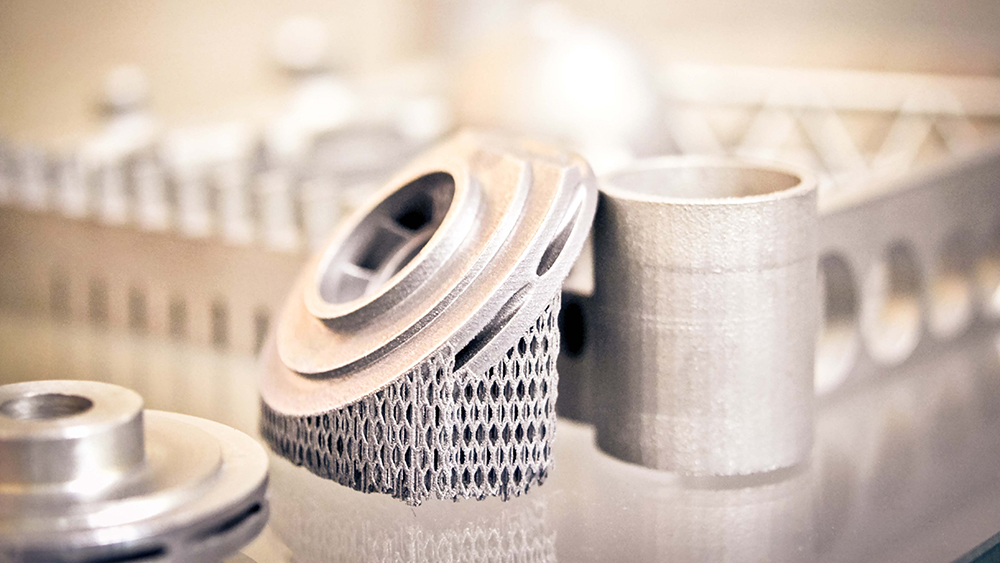
Additive manufacturing is transforming the world with the creation of objects not possible before. Due to the rapidly changing 3D printing landscape, new engineering standards for this technology must be envisioned. Dr. Darrell Wallace, chief technology officer for the SecureAmerica Institute (SAI), helped found American Society of Mechanical Engineers (ASME) Standard Y14.46 which sets processes for the production of interchangeable parts through additive manufacturing.
“This standard is a critical enabler for moving the adoption of additive manufacturing forward effectively in the industry,” said Wallace, who was elected to serve as vice-chair of ASME’s standards committee. “Through my participation in establishing this standard, the SecureAmerica Institute and Texas A&M played a leadership role in partnership with major players in the engineering space.”
When household hardware like bolts, washers and screws are assembled, the final products will all differ slightly in dimensions and size due to variations in the manufacturing process. They are roughly the same but not exactly the same. Engineers and manufacturers use a system called Geometric Dimensioning and Tolerancing (GD&T) to communicate differences and ensure parts are interchangeable (designing components with tolerances so objects will fit together despite these variations).
Traditional GD&T standards describe the surface on the outside of each part and how these surfaces will fit together. With additive manufacturing, the creation of interchangeable parts has moved from a two-dimensional to a three-dimensional plane and the design procedures are no longer uniform.
As part of an ASME team, Wallace quickly realized shortcomings in traditional standards and their application to additive manufacturing. He then started conversations to implement modern processes capable of evolving with this new technology.
“We now have the ability to create parts from multiple materials,” Wallace said. “It’s not just the dimensions on the outside of the part that matter, but the dimensions of where two different materials meet. Where they touch and the shape of where they touch is important. The old standards give us no control over this.”
Wallace said to think of this process like a graphic designer prepares an image for printing. Upon export, the printer will read special marks and color values to ensure the image is printed correctly and spatially aligned.
“With additive manufacturing, instead of a printer transitioning from light to dark, we now have printers transitioning between materials like brass to steel,” Wallace said. “In between there will be another element controlling how quickly this transition occurs. In order to verify and control these mechanisms, we are actively creating new terminology that did not exist until now.”
Through Wallace’s involvement, the SecureAmerica Institute is currently the only academic institution represented on the committee. “There are very few experts on this topic in the country,” Wallace said. “We have the opportunity to position SAI as a considerable thought leader in this area and shape the future of the manufacturing industry.”
